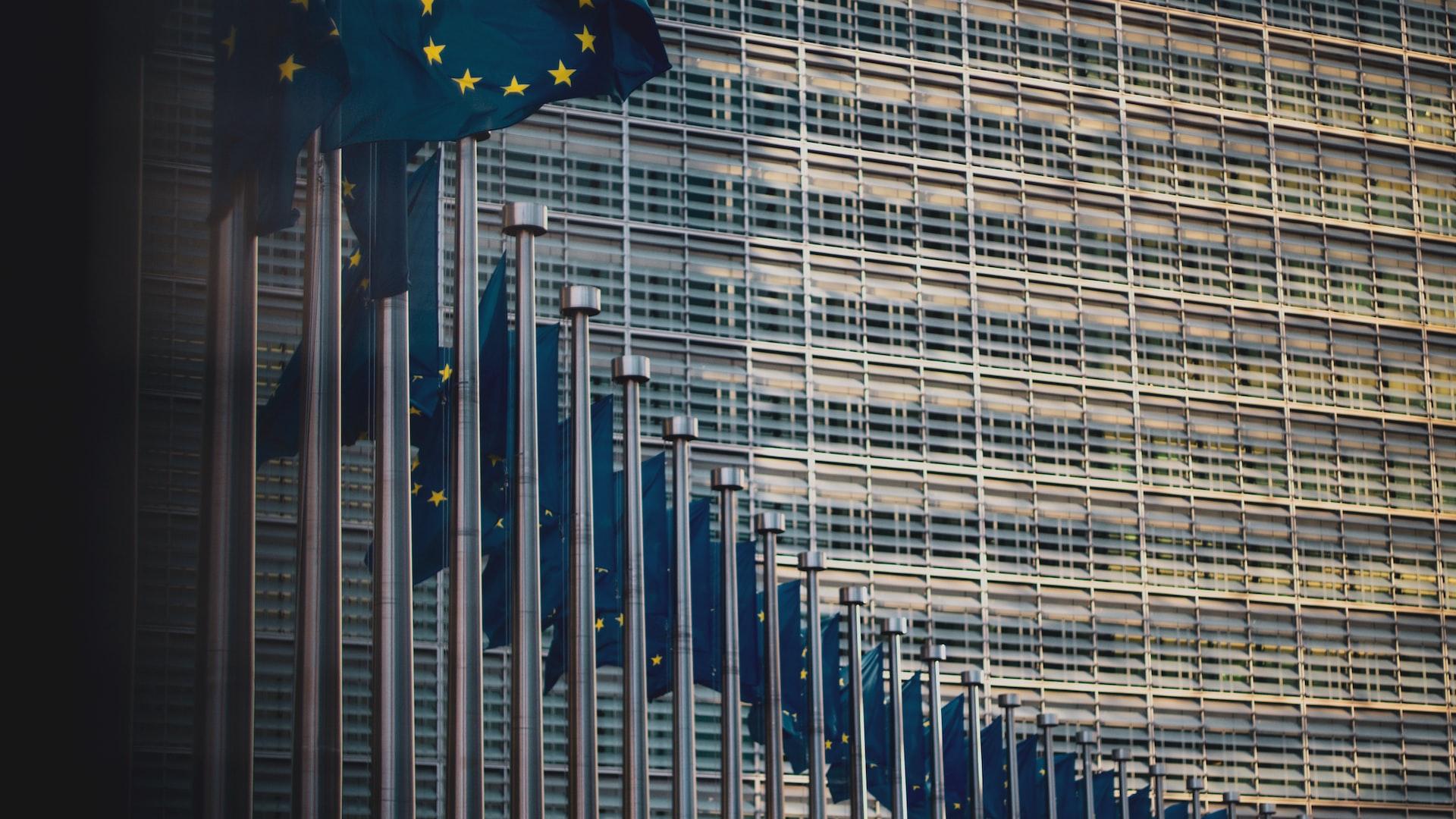The European Union (EU) is known for its comprehensive regulatory framework, designed to protect both consumers and businesses. An important part of this framework is the so-called Blue Guide. But what exactly is this guide, and why is it so essential for manufacturers, importers and distributors within the EU? In this blog we delve deeper into the Blue Guide.
1. What is the Blue Guide?
Published in the Official Journal of the EU C272 on July 26, 2016, the Blue Guide is a comprehensive manual intended to guide the implementation of EU product rules in the Member States. It provides valuable information on how to place products on the internal market and is a reference point for everyone involved in the production, distribution and control of products.
2. The contents of the guide
The guide covers a wide range of topics, such as:
- The definitions of basic concepts, such as what exactly is meant by a 'product' or a 'manufacturer'.
- Responsibilities of economic actors, such as manufacturers, importers and distributors.
- Conformity assessment and certification procedures.
- The use of harmonised standards.

3. Importance for companies
The Blue Guide is invaluable for companies active in the European market. It helps companies understand which regulations apply to their products and how they can comply with these regulations. This ensures that companies can sell their products throughout the EU without barriers. The guide is certainly important for companies that import from, for example, China or India.
4. Responsibilities
The EU Blue Guide sheds light on the core responsibilities of the various economic actors in the product life cycle. The specific tasks and responsibilities of these actors are highlighted below:
- Manufacturers: As original makers, manufacturers have a responsibility to ensure that their products fully comply with EU regulations before going to market. They must carry out risk assessments, ensure compliance procedures and ensure appropriate documentation and CE markings where applicable. If the manufacturer is not located in the EU, they are not necessarily considered a manufacturer if they do not place the goods on the EU market themselves.
- Trademark holders: Trademark holders, especially if they are not the original manufacturer, also have an obligation. When they place their brand on a product, they are essentially indicating that they consider the product to be their own. This means that if a trademark owner decides to place their mark on a third-party product, they assume the same responsibilities as the original manufacturer.
- Importers: Importers form the bridge between non-EU manufacturers and the European market. Their job is to check whether foreign manufacturers have taken the necessary steps to comply with EU standards. If products do not comply, it is the importer's duty not to introduce these products into the EU market.
- Distributors: As links in the supply chain, distributors must understand the requirements for the products they distribute. If they have reason to believe that a product does not comply, they are not allowed to place it on the market and are obliged to inform the competent authorities.
These defined responsibilities ensure that all parties involved in placing a product on the EU market do their part to ensure safety and compliance. It also underlines the importance of cooperation between these actors to ensure the safety and quality of products within the EU.

5. Changes and updates
Although the 2016 version is the most recent, it is important to note that the Blue Guide is regularly revised to keep up to date with changes in legislation. Companies are therefore advised to check official EU channels for the latest version of the guide.
Conclusion:
The Blue Guide is an essential tool for anyone dealing with the marketing of products within the EU. It provides clear guidance and insights into EU product regulations, making it an indispensable tool for companies active in the European market. It is a guarantee that products are introduced safely, compliantly and successfully within the internal market.









